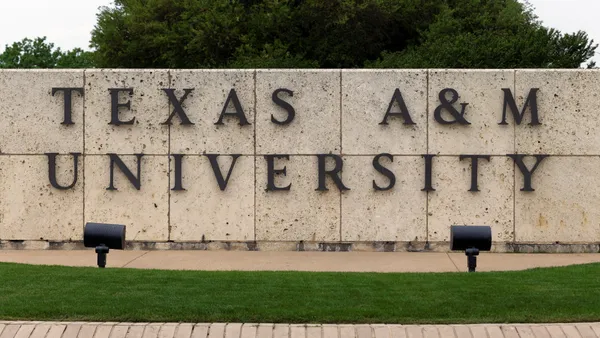Higher education provided similar labor market values for both high- and low-income students for decades prior to 1960. But since then, lower-income students get less of a boost to their earnings potential than they once did, according to a recent working paper published by the National Bureau of Economic Research.
What changed their trajectory? Lower-income college students are now less likely to enroll at research universities and study fields with high returns than their higher-income peers, the researchers found.
That shift has affected the long-term earning potential of low-income students. The wage premium they receive from going to college — referring to the average wage difference between those who completed a year of college and those who didn’t — has halved since 1960, the paper stated.
“The declining relative value of college-going for lower-income students since 1960 has significantly disrupted those students’ upward mobility,” according to the paper, written by a pair of economics professors from Princeton University and Vanderbilt University.
The working paper’s findings come amid debates around the high cost of higher education and the sector’s ability to help graduates land well-paying jobs. At the same time, it raises the question of whether encouraging low-income students towards community college or trade schools compared to four-year institutions is best for their long-term financial prospects.
What did the data show?
The researchers analyzed dozens of surveys and administrative datasets that document wage premiums and the returns provided by colleges and majors between 1900 and 2020.
The paper found that three factors contributed to 80% of the decreases in wage premiums seen by low-income students attending college.
According to the paper, colleges historically attended by lower-income students have become much less valuable in terms of economic benefits.
Low-income students often attend teaching-oriented public universities, which have experienced declines in “funding, retention, and economic value since 1960,” the authors stated. Since the 1980s, low-income students have also increasingly attended community colleges and for-profit institutions, which tend to offer less value than teaching-oriented public universities, the paper added.
Higher-income students, meanwhile, have disproportionately enrolled at research-oriented universities, whose quality has significantly improved over the years, with better student-to-faculty ratios, revenues and expenditures per student, and higher graduation rates, the paper added.
Before the 1960s, less than 2 percentage points of the income gap between higher- and lower-income students who attended college could be attributed to institutional choice, the paper stated. But that choice explains more than 5 percentage points of the gap today.
Higher-income students were also more likely to shift from humanities majors to more lucrative fields such as computer science between 2000 and 2014 — likely due to academic entry restrictions into those majors that excluded lower-income students, the paper stated. These obstacles redirected lower-income students into the shrinking humanities disciplines.
Lower-income students now receive less than half the earnings boost from college as their higher-income peers. Factors like institutional choice and major have contributed more to those declining earnings than changes in access to high-quality universities and the net cost of tuition, the working paper concluded.











